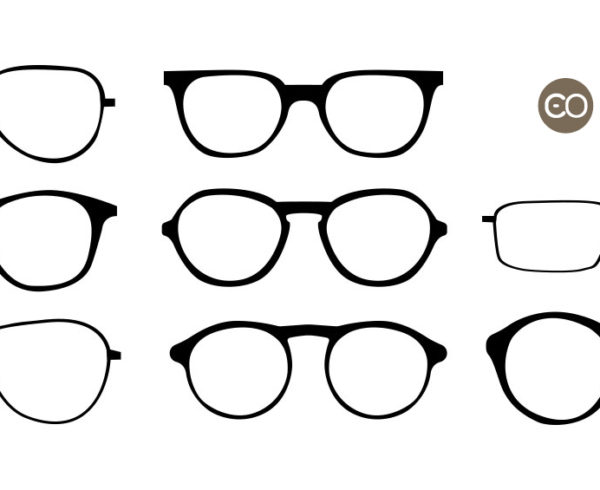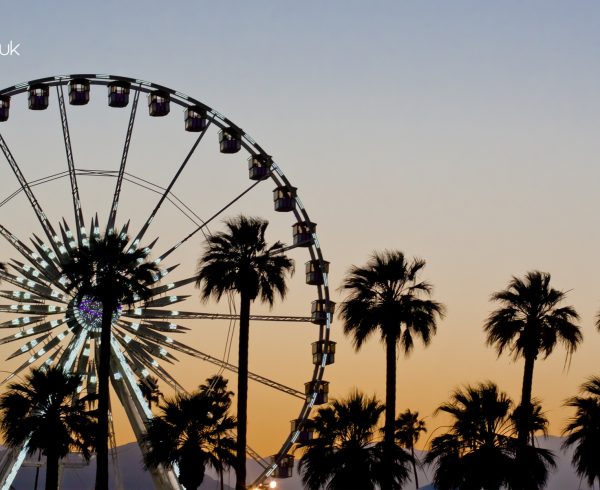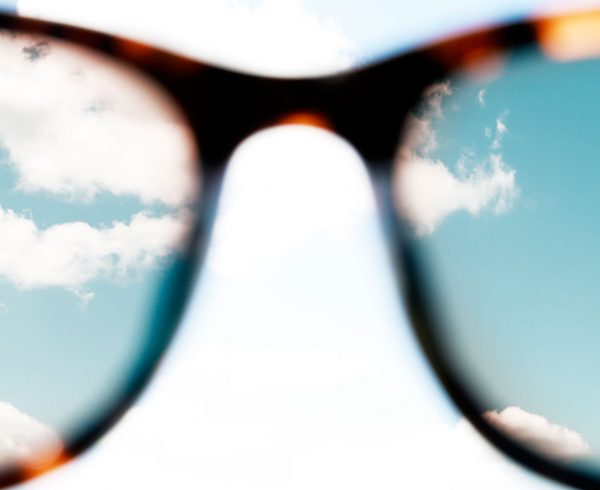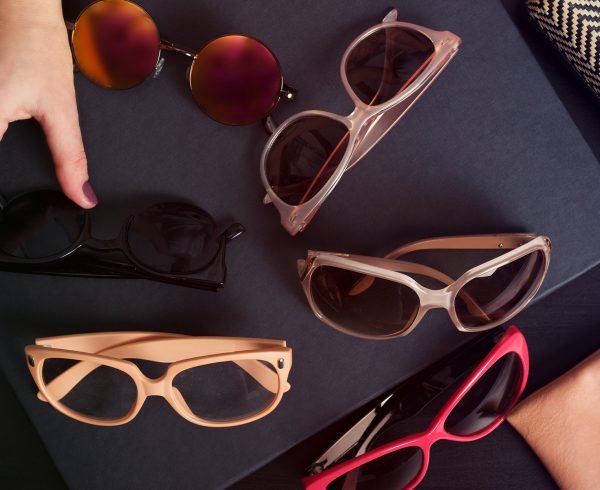“Wear a Rolex on my wrist not for timing
wear the day date on my wrist just for shining
Don’t drive a Lambo down the Ku’damm cos it’s fast
Don’t wear Louis shades cos it’s bright”
Those are lines from the track Timing by German millionaire rapper Fler. If you wear 2kg gold chains, you know about status symbols. The message of the song is clear:
You don’t spend hundreds of thousands of Euros (or Swiss francs) on a luxury watch for its functionality. You can tell the time with watches that come in cornflakes packets. Of course some watchmakers boast about the precision of their watches, but the decisive factor in your purchase decision won’t be whether the watch loses a second in 300 years or 3 million years.
If precision came fist, everyone would have an Apple Watch or other digital watch because they show the time of the atomic clock. The CEO of the Swiss luxury watchmaker IWC goes so far as to assert that no one needs a mechanical watch. Is he right? What sounds at first like commercially negative ‘friendly fire’, is just a harmless assertion. If you want to know the time, you just look at your mobile, your car dashboard or the nearest church tower.
We don’t need watches now, but they’re still desirable. Why is that?
It’s about the emotional added value. Firstly it’s about status, because everyone who knows the value of brands Rolex, Hublot or Audemars Piguet knows that the wearer can afford this luxury item. Or that’s the assumption anyway. So it’s no surprise that there’s such a big market in fake and used watches. It’s only human to want to be seen to belong to that group, even if you can’t afford it.
It’s the same with glasses and sunglasses. It makes a statement to have gold plated frames engraved with brand names Tom Ford, Gucci, Prada or Versace. (If the lettering were only for the sake of product recognition, it would be on the inside of the frames). The same is true of sunglasses by Bvlgari, glasses byGivenchy and other accessories bySaint Laurent. Items branded with these names sell.
Aside from the Veblen effect (which describes the lust for status symbol objects), there’s also the ‘snob effect’ . Consumers are drawn to goods primarily for their exclusivity and they assume that the item can’t be afforded by a large proportion of consumers. The price is pushed up by making their availability limited, ie. by offering limited editions or products made from rare materials. And here’s where it gets exciting on the watch market:
luxury isn’t rocket science. Or is it?
The formula is simple: the more rare the material, the more exclusive the product. So gold is more valuable than plastic. But you can top the usual, familiar precious metals. Such as with raw materials that are literally out of this world.
These include meteorite and mars rocks, which are used for the dials of Rolex Cosmograph Daytona. The Geneva watchmaker Romain Jerome has harnessed man’s eternal fascination with the moon. He incorporated into the brand’s watches components from the Columbia space shuttle that landed on the moon, shreds of ISS space suits and moon dust. The model in the series inspired by the moon was introduced in 2008 and is limited to 1969 watches (naturally). The exclusivity was diluted slightly by other watch ranges, but many variations on this unique watch have already sold out. (And with a price tag of 15,000 – 500,000 Euro.)
Iceberg ahead!
Also designed by the Swiss brand Romain Jerome, and part of his DNA collection, the Titanic-DNA Steampunk. As the name suggests, it contains parts from the shipwreck of the Titanic. Some may find it macabre, but you can’t beat it for exclusivity. While rock material is in endless supply on our planet (most of it burns up as it enters the earth’s atmosphere), there’s only one Titanic on the bottom of the sea. A successor is being built, but of course we don’t know whether it will collide with an iceberg and sink. As the temperature of the seas rise the likelihood of that decreases. And so the rarity of this material and the exclusivity of the luxury watch increases further.
These watches ‘radiate’ exclusivity
Watches from the brand Panerai contain radioactive substances that make the numbers on the dial glow in the dark. When Guido Panerai patented the luminescent substance radiomir in 1915, the practical benefit of being able to read the time in darkness was first applied in the Italian military. The Italian army was clearly not worried that radioactive radium, which poses a risk to health, was used in the manufacture of the watches. Until 1950 in any case. After 1950 Panerai used a new luminescent material called luminor, which also contained a radioactive isotope, but it was less harmful. Nowadays the even safer superluminova is used. But the watches still radiate exclusivity.
Putting ‘precious’ in precious wood
It’s no secret that wood can be a very precious material. You’ll understand what I mean if you have any oak, walnut or cherry wood furniture. Wood is a rarely used material in the manufacture of watches. That’s because it can easily become misshapen, and it requires intensive processing to counter the weaknesses in terms of robustness and durability. So only watchmakers who are great craftsmen take on such experiments.
One of them is the Swiss luxury watchmaker Parmigiani Fleurier whose Fleurier Tonda Woodstock was the first watch on the market with elaborate wooden inlay on the dial. This sophisticated decorative technique arranges wooden elements on an even surface in such a way as to create a flat surface comprising different colours and variously structured inlaid pieces. If a dial is very small, the procedure is incredibly demanding and complicated. Over 50 individual wooden elements makes up the dial of the Parmigiani Fleurier Tonda Woodstock.
//www.instagram.com/p/49VgApAeXa/?utm_source=ig_share_sheet&igshid=uo9akdjmzlt1&fbclid=IwAR0JebDVb6NshSoMvnuhaueXl8N1kOF1ydTVY05ys00VPyyai2q6SfrIeng
From pulses to ticks
Watch technology and motor sports have long enjoyed a fruitful relationship. For example, watchmakers have the task of making the timekeepers for races. And in exchange they draw inspiration from the dynamism and technologies of sportscars. This interaction also inspired the brothers Alexander and Dominik Kuhnle to found the company Scalfaro in 2001, which makes watches in a motor sport style and integrates original parts from legendary cars such as Ferrari 250 GTO, Mercedes 300SL Gullwing or Porsche 917. Scalfaro cooperates with renowned car designers such as Hans Mezger, who developed the engines for the Porsche Le Mans cars.
Despite the stunning models from the world of watchmaking, the most popular fashion accessory remains sunglasses, which can also be exquisite. As with watches, there’s a link with motor sport. Once again inspired by Porsche racing cars, in 1972 the company Porsche Design was established, which produces not only classic fashion products and luggage, but also watches and glasses. Sunglasses by Porsche Design are very popular due to their beautiful form, attributed to the unique character of the sports car icon.

The name Carrera probably makes most people think of sportscars from Stuttgart-Zuffenhausen. In fact the brand makes sports goods and began with the production of sports glasses and ski goggles. Carrera is now one of the most important manufacturers of sunglasses for men and women. The brand’s name is from the Spanish for ‘race’ and is not related to the iconic Porsche model, but was inspired by what was at the time the most dangerous race in the world. The six day Carrera Panamericana celebrated the completion of the Pan American Highways, which also has a close link to motor sport.

In terms of materials, the classics of the glasses world are metal sunglasses and plastic sunglasses.. There are fine quality versions of both material frames. For example, titanium sunglasses, a much more sturdy material than the metal usually used. Aluminium sunglasses are particularly light. And if the frames need to be light and robust, then we recommend carbon sunglasses (Ray-Ban Carbon Fibre). This carbon fibre reinforced plastic is expensive, but it offers very high we comfort. Anyway, the motto’s „SEE AND BE SEEN“! 😉
 English
English Deutsch
Deutsch Dansk
Dansk Svenska
Svenska Nederlands
Nederlands Français
Français Magyar
Magyar polski
polski Română
Română Österreich
Österreich Schweiz
Schweiz









Leave a Comment